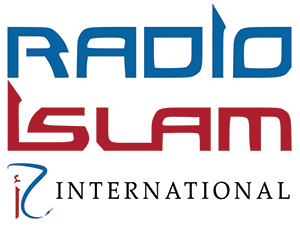Humanitarian Aid is dedicated to creating a world where no one lives in poverty, fear, or oppression. It’s a big, bold, and ambitious vision, but it’s one that can be reached through the right work and the right frame of mind.
Broadly speaking, humanitarian work falls into one of two categories:
1. development aid
2. humanitarian aid
Those terms may sound interchangeable, but they each serve specific purposes.
The definition of humanitarian aid
Humanitarian aid is assistance that’s used to relieve suffering during emergency situations. This is different from development aid, which is assistance that goes to addressing ongoing issues that contribute to human suffering.
To think about it a bit more, we can say that, in general, humanitarian aid directly benefits people while development aid is used to improve structural systems. Both are important keys in addressing poverty and its causes.
Beyond the specifics of any humanitarian crisis, poverty happens when inequality meets risk. Humanitarian assistance is designed to address the vulnerabilities that enhance risks: A clinic is set up to treat cases of malnutrition in women and children living in refugee camps, where resources are limited and hunger is a greater threat. Farmers who lose their crops in a cyclone are given short-cycle seeds that can be planted and grown quickly so that they don’t miss a harvest and lose out on food and income. Cash transfers are given to families displaced by climate change as they adjust to a new normal.
There’s the definition of humanitarian aid. But the meaning and implementation of the work itself, goes much deeper. The golden rule of humanitarian aid, shared by all organizations working in this field, is the Humanitarian Imperative:
“The right to receive humanitarian assistance, and to offer it… wherever it is needed, because above all, our job is to save lives and alleviate suffering.”
What this means is that everyone has the right to receive humanitarian aid if it is needed, regardless of their race, class, politics, ethnicity, gender, or any other identifying factors. Humanitarian emergencies tend to hit hardest for those furthest behind, but they also don’t discriminate. In Syria, for example, families who lived comfortable, middle-class lives, lost everything either through escaping one of the worst humanitarian crises today, or while still living in their home country as infrastructure and resources have disappeared.
Without humanitarian aid, many families, communities, and even entire countries may fall deep into a cycle of poverty that carries a number of domino effects that can last for generations. Humanitarian aid offsets the immediate effects of a crisis to reduce this greater risk.
When does a crisis become a humanitarian crisis?
The traditional definition for a humanitarian crisis is an event (or series of events) that threaten the health, safety, and well-being of a community or large group of people. This can be specific to one group (such as the Rohingya crisis), or to anyone living in a certain area or country (such as the ongoing crisis in South Sudan).
The basic approach to humanitarian aid has been to focus on the immediate needs, while also considering the future to help offset risk from future disasters. However, over the past few decades, emergencies have become longer-lasting and therefore harder to address. The longer an emergency lasts, the more complex it can become, especially if government services have broken down. These situations are known as complex emergencies.
Complex emergencies mean humanitarian organizations are missing their most important partner, and people often can’t access the help they need to recover. Organizations also have to dig deeper to find what and where the needs are, and often struggle to find willing funders as crises drag on. Sadly, this is becoming the rule versus the exception. For example, Somalia has been caught in a cycle of crisis for the last several decades.





0 Comments